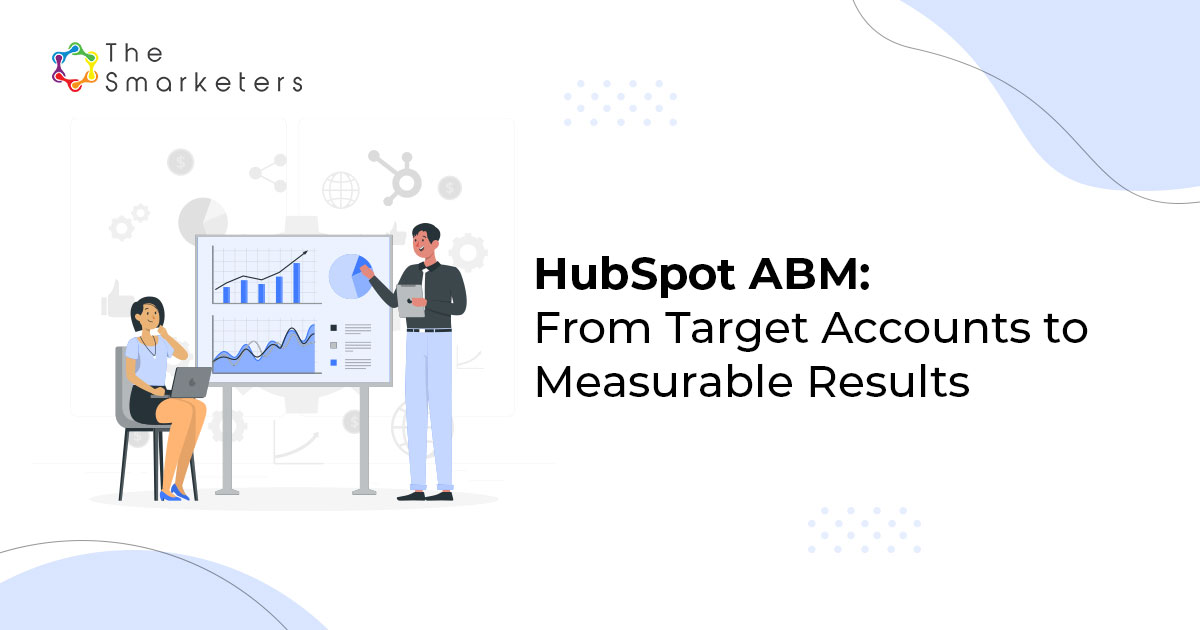In an ideal world, you would have no competition, and winning customers would be as easy as telling them how amazing your product/service is, and getting them to sign up without question.
But, reality doesn’t quite work that way. Dealing with competition is more than just mudslinging each other, as some brands have done in the past (*cough* Pepsi *cough* coke).
We are all about beating the competition in the non-interruptive inbound marketing style.
With new entrants making their way into the market every other day, the only way to keep your ground and grow is to know your competitors (both current and potential) in and out to understand their strengths and weaknesses.
Knowing your competitor’s inbound marketing strategy thoroughly is important to beat them the same.
In order to do that, you will need to first list down who your competitors are and analyze every move of theirs with microscopic vision.
In this blog post, we aim to list various aspects of your competitor’s inbound marketing strategy that you should particularly watch out for, in order to make your own strategy bullet-proof.
The best way to know their strategies is to look into their content as much as possible by conducting an in-depth competitive content analysis of their website or blog.
It can be done in various ways, either manually or using tools like SEMrush, Siteliner, etc.
While performing the audit of your competitor’s content you need to make a note of a few things that would help you create a blueprint for your own website or blog’s content.
We have compiled a list of 10 topmost things you should keep an eye out for:
- The number of blogs: Check for the number of blogs your competitor has where the content is being published regularly and what sort of content each blog is used for. How skillfully do they segregate it for various purposes? This way you can figure out how many blogs you might need and how to organize your content in those blogs in an efficient manner without jumbling everything together.
- Quantity: How many blog posts, ebooks, videos, podcasts, and case studies have they produced? Evaluate how much competent content you have and if it is as vast as theirs.
- Frequency: This is one of the important strategies as this reveals the consistency of your opponent. Take note of how often they do this – daily, weekly, monthly, etc. This should serve as input for your own content calendar.
- Topics: Publishing the right topics, that is highly relevant, useful, and downright valuable content is one of the best ways to attract customers. A couple of things to look into:
How useful is your competitor’s content to the audience?
How many contributors do they have?
How interesting is its content?
Is there any topic they have missed, where you could score?
How superior is their content in terms of accuracy?
How well do they avoid grammatical and spelling errors?
Do they do justice to the topics they deal with, by going to the depth of the topic, or do they deal with it only on the surface level?
How does the audience respond to the topics they deal with?
This data will help you avoid the mistakes your competitors do and help you build a website that is quality rich.
- Quality: The quality of a competitor’s website can be reviewed by observing the structure of their blog. Although a lot of people don’t realize it, the structure is key in inbound marketing strategy because it makes all the difference from a bouncing visitor to a longtime customer. Check if the competitor’s blog leads to the following:
Categories: Do they have categories for the readers to easily get to the topic they are interested in?
Preview: Is there a preview of their recent content?
Social media: Do they have Like and Share buttons for various social media platforms?
Feasible UI: Is the user interface friendly for the readers to access and browse through?
- Search engine optimization: Focus on how well the blog is optimized for searching by finding the keywords they use to allure the customers. Wondering how to do that? There are quite a few tools that help you do that, Eg: SpyFu helps you analyze what keywords your competitors use to attract more customers. Keyword Competitor is another great tool that helps you find Keywords your competitors haven’t been paying attention to which helps you grab the advantage. Marketing automation platforms such as Hubspot can also be invaluable in doing all the groundwork of competitive analysis for you.
- Social media Integration: With the growing social media obsession among the audience, It is one of the easiest ways to get the customers’ attention. Are your competitors using it to extend their arena and if so, how are they doing it? Buzzsumo is one of the tools you can use to find out the most shared content of your competitor on social media. When you check their Social media pages, do concentrate on the following :
How frequent are their posts?
How many people respond to their posts?
How creative are their posts?
Are you missing any platform that they have been using and are benefitting from?
But on the other hand, if they aren’t using it, it could be one way you could outrun the competition.
- Conversion rate: Conversion is basically making the customers do what you want them to do. Knowing how your competitors are doing is essential to increase your own conversion rate. How are they attracting their customers to sign up for their newsletter, create an account, or download or buy their product? Do they have calls to Action (CTAs) in place? How relevant are their CTAs to their product/service? Are they making use of Popup CTAs?
- Finding the right kind of traffic: Since attracting the right traffic is way more important than getting just about anyone to come to your website, it’s important to do a thorough analysis of where your competitor generates their traffic from and what methods they are using to increase their traffic.
- Break their traffic details into the following aspects:
-
- Organic traffic
- Paid traffic
- Referrals
- Social
- Direct
- Other
Compete, Competitor, QuickSprout, SimilarWeb, SEMrush, etc. are a few tools that help you find where your competitor generates their traffic from.
- Extra Effects: Check if your competitor uses any of the following ways to attract users.
- Popups: Do they have any popup alerts that they use to motivate the users to subscribe to their blog, ask them to sign up, or create an account to download their content? And are they overdoing the usage of alerts?
- Infographics: How are they making their site/content more interesting? Are they using infographics or other visually appealing content to get their content reached faster and effectively?
- Campaigns: nIs your competition using any special kind of campaigns on any other website or social media?
So there you have it.
By studying what your competition is doing, you have a wealth of knowledge of how you can get started, or if you already have an inbound marketing strategy in place, then you know what tweaks you need to make it resonate more than ever with your target audience.
Your competitor study can also give valuable insights into marketing (and sales) techniques that you absolutely should not use. Whatever the case, all this data can only help you create content that resonates better with your audience.














